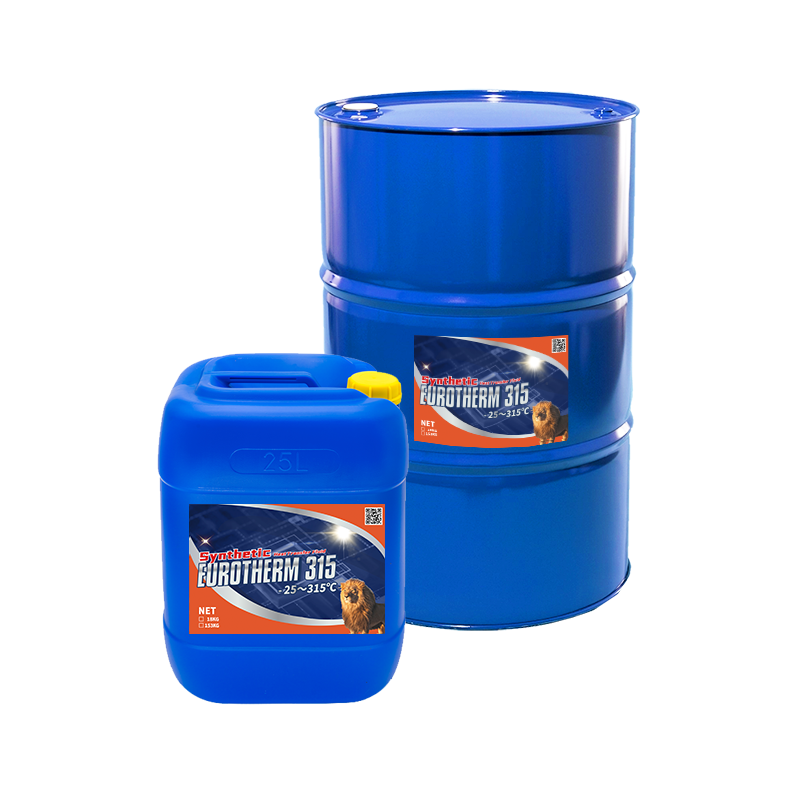Chemie Things To Know Before You Get This
Table of ContentsSome Of ChemieAll about ChemieChemie for BeginnersThe 45-Second Trick For ChemieThe Chemie PDFsThe 3-Minute Rule for Chemie
By Bojanna Shantheyanda, Sreya Dutta, Kevin Coscia and David SchiemerDynalene, Inc. Fluid air conditioning, which can be attained utilizing indirect or direct means, is used in electronics applications having thermal power thickness that might surpass risk-free dissipation with air cooling. Indirect liquid air conditioning is where heat dissipating digital parts are physically divided from the fluid coolant, whereas in situation of direct air conditioning, the parts remain in direct contact with the coolant.In indirect cooling applications the electrical conductivity can be vital if there are leaks and/or splilling of the fluids onto the electronic devices. In the indirect cooling applications where water based liquids with rust inhibitors are usually utilized, the electrical conductivity of the liquid coolant primarily depends on the ion focus in the fluid stream.
The increase in the ion concentration in a closed loophole fluid stream might take place because of ion leaching from steels and nonmetal parts that the coolant liquid touches with. During procedure, the electrical conductivity of the fluid might increase to a degree which could be dangerous for the air conditioning system.
Excitement About Chemie
The samples were allowed to equilibrate at room temperature level for two days prior to tape-recording the initial electrical conductivity. In all tests reported in this study liquid electrical conductivity was measured to a precision of 1% using an Oakton CON 510/CON 6 series meter which was adjusted before each measurement.
7 Simple Techniques For Chemie
from the wall heating coils to the center of the heating system. The PTFE example containers were placed in the furnace when constant state temperature levels were gotten to. The test setup was eliminated from the heating system every 168 hours (7 days), cooled to space temperature with the electric conductivity of the liquid gauged.
The electrical conductivity of the fluid example was checked for a total of 5000 hours (208 days). Figure 2. Schematic of the indirect closed loop cooling down experiment set-up - dielectric coolant. Table 1. Parts made use of in the indirect shut loop cooling down experiment that are in contact with the liquid coolant. A schematic of the experimental arrangement is received Figure 2.

What Does Chemie Mean?
Throughout procedure the fluid storage tank temperature level was preserved at 34C. The adjustment in fluid electric conductivity was kept track of for 136 hours. The fluid from the system was accumulated and kept. Closed loop examination with ion exchange resin was brought out with the very same cleansing treatments used. The preliminary electrical conductivity of the 230ml UP-H2O in the system gauged 1.84 S/cm.

0.1 g of Dowex resin was contributed to 100g of fluid samples that was taken in a separate container. The mixture was mixed and alter in the electrical conductivity at room temperature level was determined every hour. The determined change in the electrical conductivity of the UP-H2O and EG-LC test fluids having polymer or metal when engaged for 5,000 hours at 80C is shown Number 3.
Facts About Chemie Uncovered
Figure 3. Ion seeping experiment: Measured modification in electrical conductivity of water and EG-LC coolants consisting of either polymer or steel examples when submersed for 5,000 hours at 80C. The results suggest that steels added fewer ions into the fluids than plastics in both visit homepage UP-H2O and EG-LC based coolants. This might be due to a slim metal oxide layer which might function as an obstacle to ion leaching and cationic diffusion.
Liquids containing polypropylene and HDPE exhibited the most affordable electrical conductivity adjustments. This can be due to the short, rigid, direct chains which are much less likely to add ions than longer branched chains with weak intermolecular forces. Silicone likewise carried out well in both test fluids, as polysiloxanes are typically chemically inert as a result of the high bond energy of the silicon-oxygen bond which would stop destruction of the product into the liquid.
The Chemie Diaries
It would certainly be anticipated that PVC would generate similar results to those of PTFE and HDPE based on the similar chemical frameworks of the materials, nonetheless there may be various other contaminations present in the PVC, such as plasticizers, that may influence the electrical conductivity of the fluid - therminol & dowtherm alternative. Additionally, chloride teams in PVC can additionally seep into the examination fluid and can create a boost in electric conductivity
Polyurethane completely degenerated into the examination liquid by the end of 5000 hour examination. Prior to and after pictures of metal and polymer examples immersed for 5,000 hours at 80C in the ion seeping experiment.
Measured change in the electric conductivity of UP-H2O coolant as a function of time with and without material cartridge in the shut indirect air conditioning loophole experiment. The measured modification in electric conductivity of the UP-H2O for 136 hours with and without ion exchange resin in the loop is shown in Number 5.
Comments on “Some Known Details About Chemie”